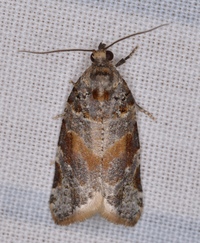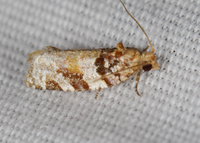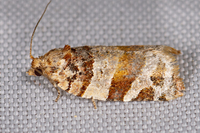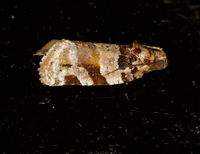
| Recorded by: Jim Petranka, Mark Basinger and Becky Elkin on 2025-08-30
Richmond Co.
Comment: | 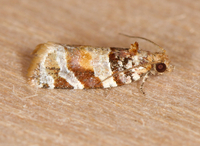
| Recorded by: Jim Petranka, Mark Basinger and Becky Elkin on 2025-08-30
Richmond Co.
Comment: |
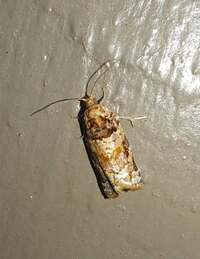
| Recorded by: Allison Garton on 2025-08-28
Moore Co.
Comment: | 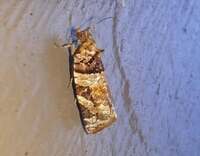
| Recorded by: Allison Garton on 2025-08-28
Moore Co.
Comment: |
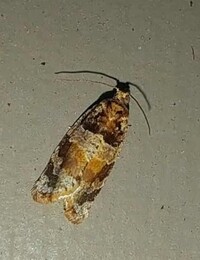
| Recorded by: Allison Garton on 2025-08-27
Moore Co.
Comment: | 
| Recorded by: Dean Furbish on 2025-08-25
Wake Co.
Comment: |
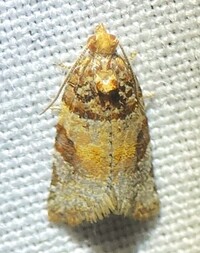
| Recorded by: Dean Furbish on 2025-08-16
Orange Co.
Comment: | 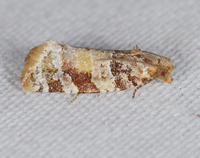
| Recorded by: Jim Petranka, Mark Basinger and Becky Elkin on 2025-08-03
Moore Co.
Comment: |
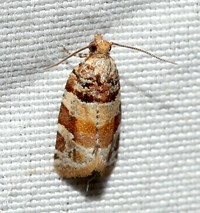
| Recorded by: David George, Jeff Niznik, Rob Van Epps, Kevin Metcalf on 2025-07-20
Richmond Co.
Comment: | 
| Recorded by: Allison Garton on 2025-06-20
Moore Co.
Comment: |

| Recorded by: Jeff Niznik, David George, Larry Chen, Sarah Toner, Joye Zhou on 2025-06-20
Richmond Co.
Comment: | 
| Recorded by: Mark Basinger on 2025-05-05
Wilson Co.
Comment: |
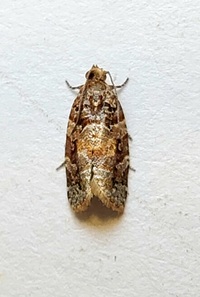
| Recorded by: Mark Basinger on 2025-05-03
Brunswick Co.
Comment: | 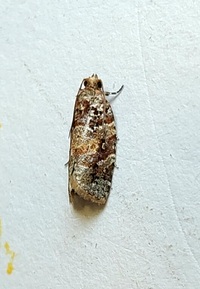
| Recorded by: Mark Basinger on 2025-05-03
Brunswick Co.
Comment: |
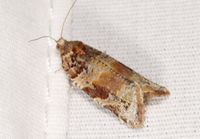
| Recorded by: John Petranka, Jim Petranka and Becky Elkin on 2025-04-14
Bladen Co.
Comment: | 
| Recorded by: David George on 2025-04-04
Durham Co.
Comment: |
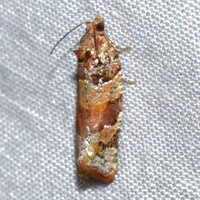
| Recorded by: Jeff Niznik, David George, Rich Teper on 2025-03-28
Chatham Co.
Comment: | 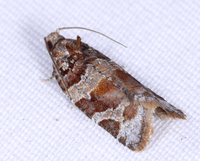
| Recorded by: John Petranka on 2024-12-31
Bladen Co.
Comment: |
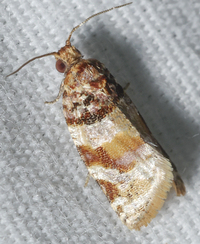
| Recorded by: John Petranka on 2024-08-31
Orange Co.
Comment: | 
| Recorded by: David George, Jeff Niznik, Stephen Dunn on 2024-06-29
Chatham Co.
Comment: |
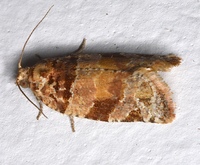
| Recorded by: Stephen Dunn on 2024-06-19
Orange Co.
Comment: | 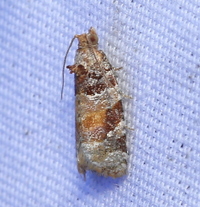
| Recorded by: David George on 2024-06-15
Durham Co.
Comment: |
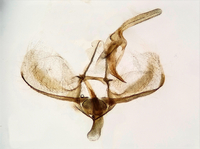
| Recorded by: David George on 2024-06-15
Durham Co.
Comment: Male genitalia for specimen from 2024-06-15. | 
| Recorded by: Dean Furbish on 2024-03-29
Wake Co.
Comment: |
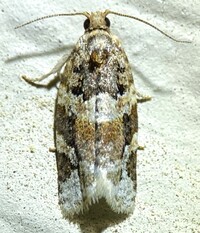
| Recorded by: Dean Furbish on 2024-03-29
Wake Co.
Comment: | 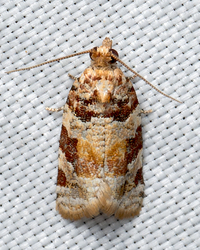
| Recorded by: Mark Shields on 2023-09-01
Onslow Co.
Comment: |

| Recorded by: David George, Stephen Dunn, Jeff Niznik on 2023-06-25
Orange Co.
Comment: | 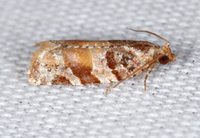
| Recorded by: Jim Petranka, John Petranka and Bo Sullivan on 2023-06-14
Moore Co.
Comment: |
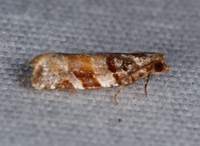
| Recorded by: Jim Petranka and Bo Sullivan on 2023-06-13
Moore Co.
Comment: | 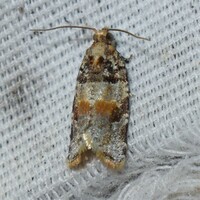
| Recorded by: David George, Jeff Niznik, Rich Teper on 2023-05-21
New Hanover Co.
Comment: |
|

 »
»